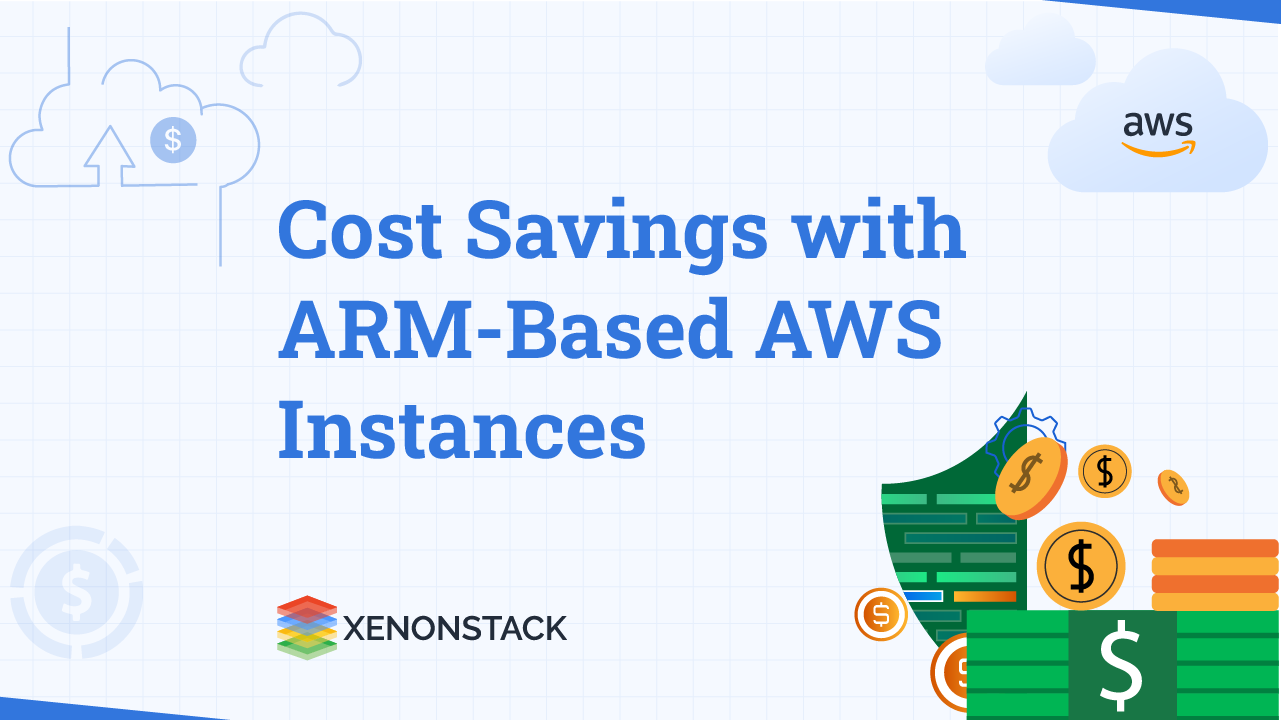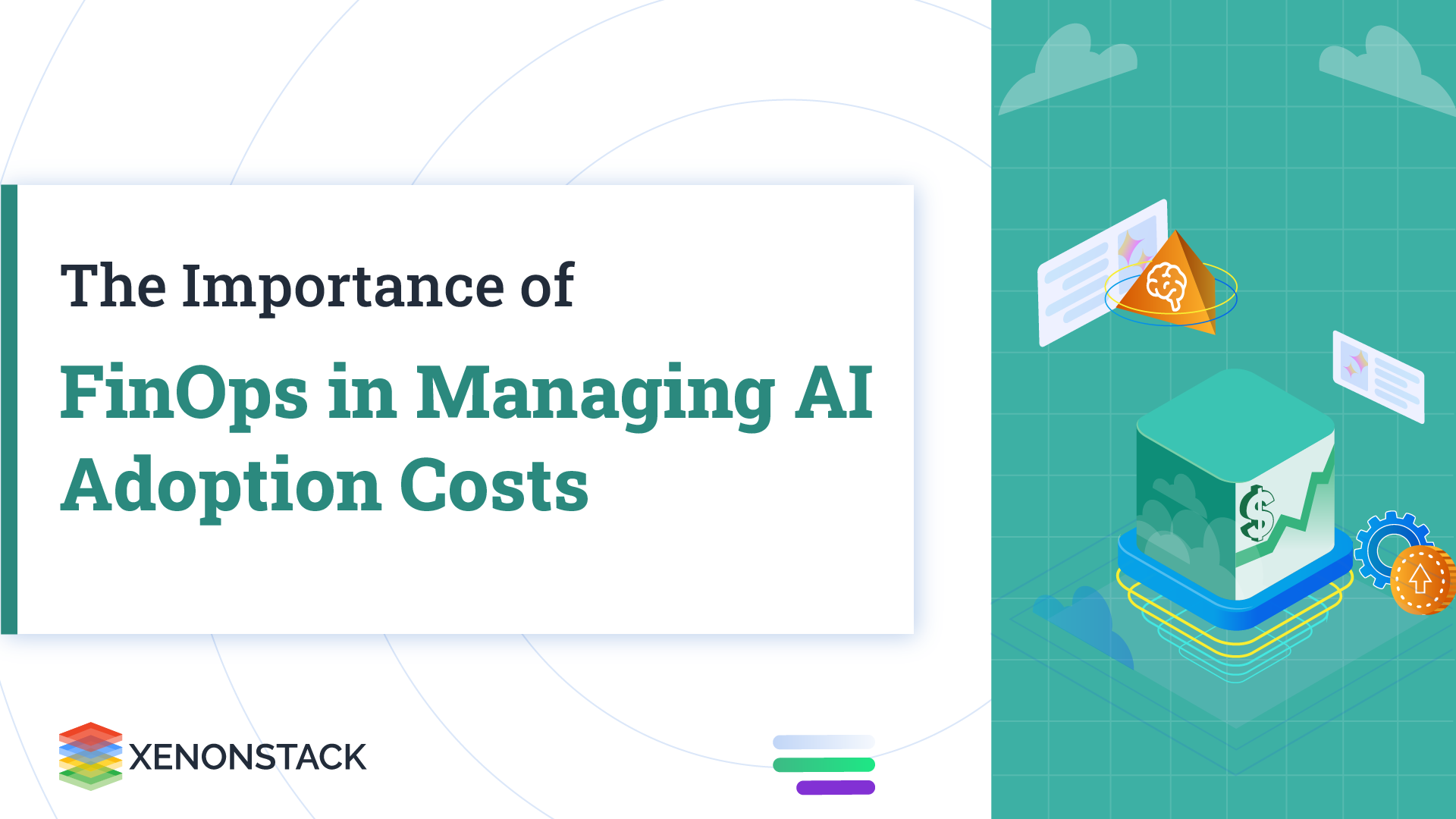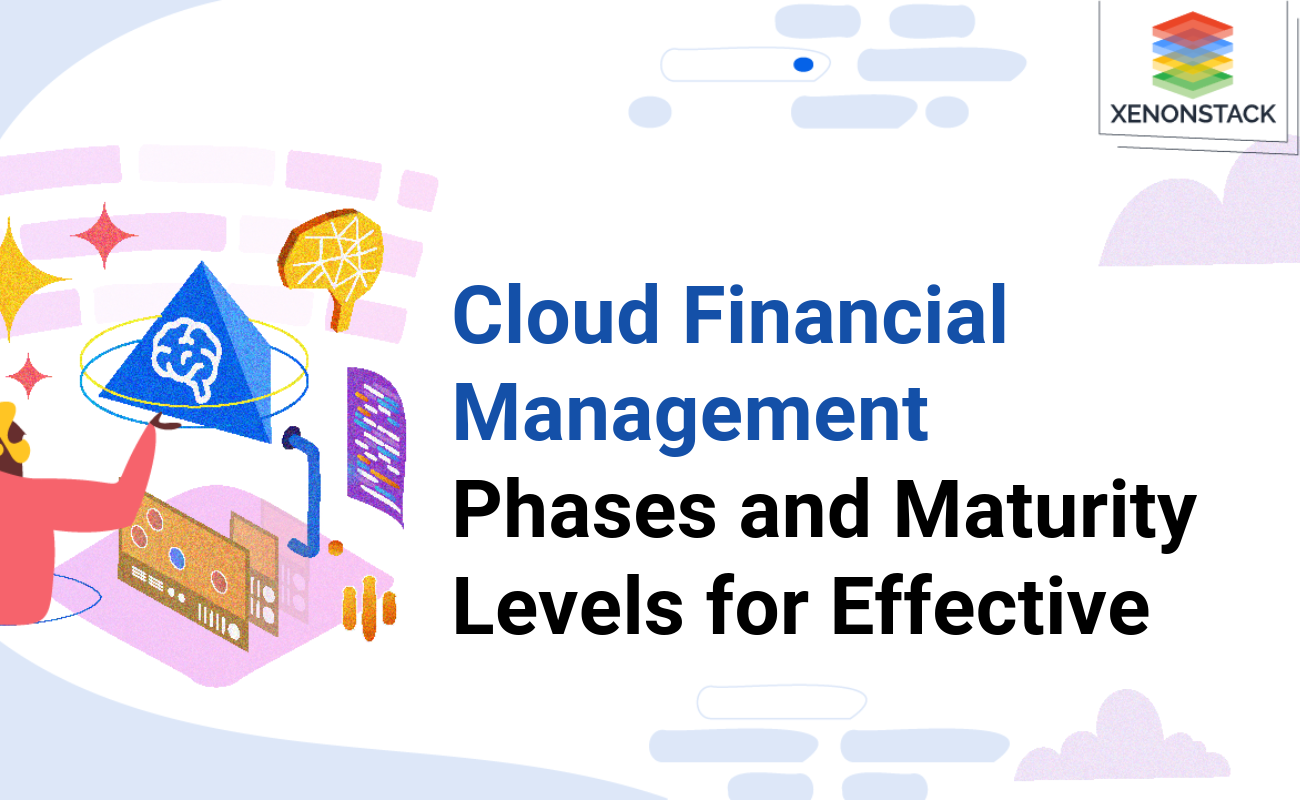
Understanding FinOps
In the present unique scene of information executives, the combination of monetary streamlining and functional proficiency has led to an imaginative strategy known as FinOps. At first, considered inside the area of cloud tasks, FinOps has advanced past its unique extension to reclassify the work of overseeing information executives.
This extraordinary methodology addresses a takeoff from conventional ideal models, offering associations a complete system to explore the complexities of information tasks while driving expense efficiencies and expanding esteem.FinOps is a fundamental mental shift that emphasizes collaboration, openness, and accountability in all aspects of data management. It enables businesses to precisely orchestrate their data ecosystems by integrating principles from finance, operations, and technology. FinOps also uses financial analytics insights to support strategic decision-making and operational excellence.
Key to the reception of FinOps in information the executives are the development of a culture saturated with straightforwardness and responsibility, wherein partners are engaged with the devices and information to reasonably streamline information assets. This involves encouraging a sharp comprehension of the expenses related to information procurement, capacity, handling, and examination, consequently empowering associations to designate assets effectively and relieve wastage.
The implications of integrating FinOps principles into data the board practices are expansive, wrapping a scope of benefits going from cost improvement and useful capability to overhauled skill and improvement. By embracing FinOps, affiliations can open unrivaled worth from their data assets, using encounters from money-related examination to drive interminable improvement and advancement across the data lifecycle.
FinOps Adoption Rate
According to a survey by FinOps Foundation, 64% of organizations have implemented FinOps practices in some form, while 26% are planning to do so in the next 12 months. (Source: FinOps Foundation)
Gartner's FinOps Adoption Rate
A study by Gartner found that 60% of organizations have already started to adopt FinOps practices, while 20% are planning to adopt it in the next 12-18 months. (Source: Gartner)
Key Components of FinOps for Data Management
At its center, FinOps for information the board envelops a trifecta of standards: perceivability, responsibility, and streamlining.
Visibility
Accomplishing complete perceivability into information use, expenses, and execution measurements is the primary mainstay of FinOps for information the executives. Associations should use vigorous checking and examination apparatuses to acquire ongoing bits of knowledge into information utilization designs, recognize shortcomings, and track costs across the whole information lifecycle.
Accountability
For data management to be successful, it is essential to establish a culture of accountability. FinOps underscores the requirement for clear proprietorship and obligation over information resources, guaranteeing that partners are keenly conscious of the expenses related to information ingestion, capacity, handling, and use. Organizations can reduce data sprawl, maximize resource utilization, and avoid unnecessary expenditures by fostering a sense of ownership.
Optimization
Improvement lies at the core of FinOps for information the board, enveloping a range of systems pointed toward boosting the worth got from information resources while limiting expenses. This involves carrying out information administration structures to guarantee administrative consistency and information security, embracing information lifecycle the board practices to justify capacity expenses, and utilizing progressed investigation and AI calculations to get significant bits of knowledge from information.
Benefits of Embracing FinOps for Data Management
When executives receive FinOps standards inside the information domain, they yield a heap of substantial advantages, each adding to the general objective of improving information tasks and expanding esteem extraction from information resources.
Cost reduction
One of the essential benefits of embracing FinOps for information for the executives is the capacity to successfully streamline costs. By imparting a culture of cost cognizance and responsibility, associations can use FinOps standards to recognize and relieve cost shortcomings across the whole information lifecycle. Through fastidious expense following, planning, and advancement techniques, FinOps empowers associations to legitimize uses, take out squander, and upgrade asset usage, in this manner driving huge expense reserve funds.
Additionally, by encouraging straightforwardness and permeability into information-related costs, FinOps enables partners to arrive at informed conclusions about asset distribution, guaranteeing that monetary assets are apportioned sensibly to exercises that yield the best yield on speculation.
Functional Proficiency
FinOps eases out information on the executives' processes, upgrades functional proficiency, and cultivates cross-practical joint effort, subsequently empowering associations to separate most extreme worth from their information resources while limiting functional overheads. FinOps ensures that data management procedures are streamlined, standardized, and optimized for efficiency by dissolving silos and fostering collaboration among various data stakeholders.
Through the reception of best practices and mechanization instruments, FinOps empowers associations to computerize dull undertakings, take out manual intercessions, and enhance work processes, in this manner opening assets to zero in on esteem-added exercises. In addition, FinOps enables businesses to proactively identify bottlenecks, address inefficiencies, and optimize processes to drive continuous improvement and innovation by providing real-time visibility into data-related metrics and performance indicators.
Adaptability
The deft and iterative nature of FinOps engages associations to adjust to advancing information the board prerequisites, scale assets powerfully, and answer quickly to changing business needs, consequently future sealing their information tasks. By embracing an adaptable and versatile way to deal with information from the board, associations can use FinOps standards to send assets on request, scale foundation, and arrange limits due to fluctuating jobs.
This empowers associations to abstain from over-provisioning and underutilization of assets, subsequently improving expenses and boosting asset proficiency. Besides, by embracing a cloud-local way to deal with information on the board, associations can use cloud administrations and innovations to speed up development, drive deftness, and open new doors for development and extension.
Challenges in Data Management and the Role of FinOps
1. Contemporary Data Management Scene
-
Data management faces challenges from the dramatic growth in data volume, speed, and variety.
-
Organizations struggle to manage data assets effectively amid this flood of information.
2. Inadequacy of Traditional Approaches
-
Traditional data management approaches are characterized by rigid frameworks and siloed processes.
-
These methods often fail to address the complexities of modern data environments.
-
Traditional techniques struggle with rising costs, operational inefficiencies, and the scale and diversity of data sources.
3. Volume of Data
-
A fundamental challenge is the sheer volume of data generated and collected daily.
-
Digital devices, social media, and the Internet of Things (IoT) drive exponential data growth.
-
Traditional data management systems struggle to store, process, and analyze this vast amount of information effectively.
4. Velocity of Data
-
The speed at which data is generated and disseminated compounds management challenges.
-
Agile and responsive data management strategies are required to process and analyze data at scale in near real-time.
-
Dynamic data pipelines, real-time data streams, and event-driven architectures necessitate such strategies.
5. Variety of Data
-
Organizations face a diverse array of data types, formats, and structures.
-
Data ranges from structured data in relational databases to semi-structured data in JSON or XML formats, and unstructured data such as text documents, images, and media files.
-
Managing this diversity requires adaptable and flexible data management solutions.
Role of FinOps
FinOps principles can be integrated into data management practices to break down silos, foster collaboration, and align financial goals with strategic data initiatives. FinOps enables organizations to track costs, plan budgets, and optimize spending strategies effectively. This integration drives significant cost savings and operational efficiencies.
Conclusion
In summary, integrating FinOps into data management practices marks a new era of efficiency, transparency, and value creation in data governance. As organizations face the rapid growth of data and its associated complexities, FinOps provides a structured approach to tackle these challenges and maximize the value of data assets.
By promoting collaboration across departments and stakeholders, FinOps helps break down silos and fosters cross-functional solutions, ensuring that data initiatives are driven by collective intelligence and shared goals. Additionally, by instilling a sense of accountability, FinOps empowers individuals to take ownership of their roles in data management, encouraging responsibility and commitment to optimizing data resources.
Transparency is key to adopting FinOps in data management. With strong monitoring and analysis, organizations can gain real-time visibility into data usage, costs, and performance metrics, leading to informed decision-making and proactive optimization. This transparency also extends to financial aspects, as FinOps provides tools and methods to track, analyze, and optimize data-related expenses throughout the data lifecycle.
By aligning financial goals with strategic data initiatives, organizations can efficiently allocate resources, reduce waste, and achieve significant cost savings. Embracing collaboration, accountability, and transparency allows organizations to optimize costs, enhance operational efficiencies, and unlock the full potential of their data assets, positioning them for success in an increasingly data-driven world.




